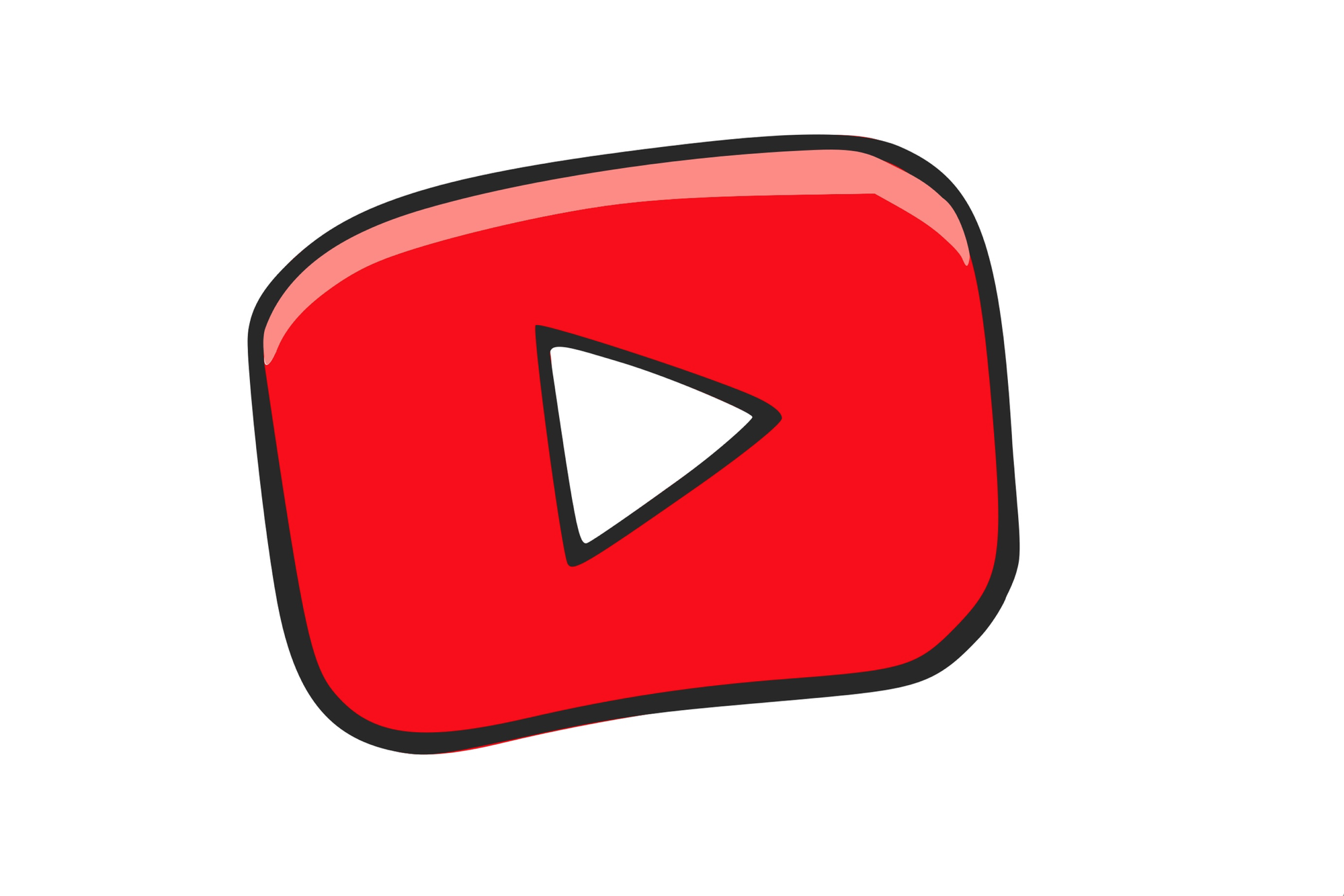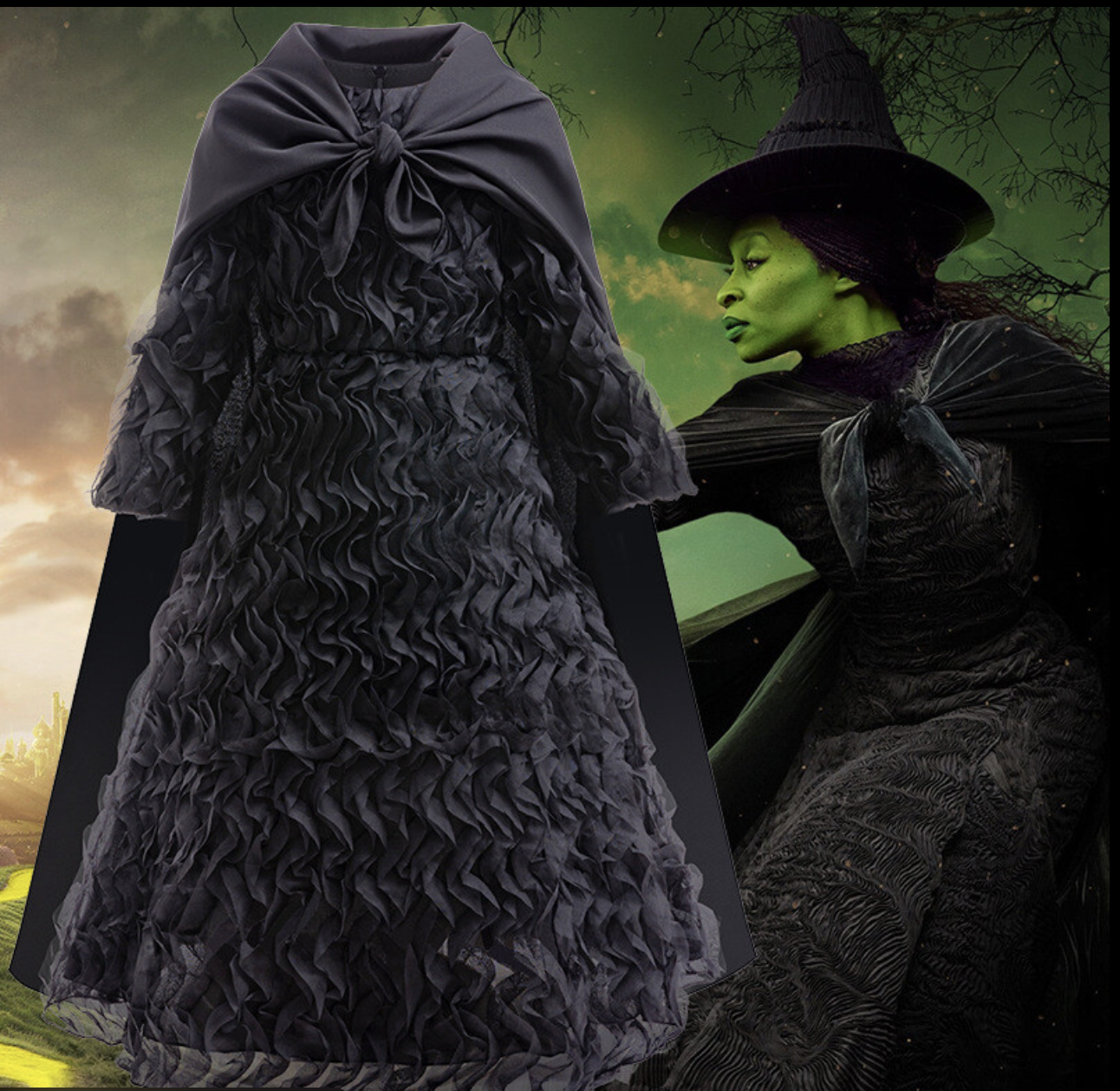
YouTube is no longer just a platform for funny cat videos or random clips—it has become the second-largest search engine in the world, a major source of entertainment, education, and even income. Millions of people tune in every day to watch tutorials, music, vlogs, product reviews, and more. If you’ve ever wondered how to start a YouTube channel and actually grow it, this article will guide you step by step.
1. Define Your Purpose and Niche
Before you upload your first video, ask yourself: Why am I starting a YouTube channel? Do you want to teach, entertain, inspire, or sell something? Choosing a niche will help your channel stand out in the sea of millions of creators. Popular niches include:
- Tech reviews
- Gaming
- Beauty and fashion
- Travel vlogging
- Fitness and health
- Education and tutorials
A clear niche allows viewers to know what to expect from your channel and encourages them to subscribe.
2. Set Up Your Channel
Creating a YouTube channel is free and only takes a few minutes. Simply log in with a Google account and set up your profile. Focus on three key things:
- Channel Name: Choose something easy to remember and relevant to your content.
- Profile and Banner Art: First impressions matter. Invest time in a professional-looking logo and banner.
- About Section: Write a short description of who you are and what your channel offers. Add links to your social media or website.
3. Plan Your Content
Random videos might get views, but consistent and well-planned content builds an audience. Create a content calendar and decide how often you’ll post—once a week, twice a week, or even daily. Focus on creating value for your audience. Ask yourself: What problem am I solving? or What entertainment am I providing?
Some content ideas include:
- How-to tutorials (viewers love learning new skills)
- Top 10 lists (easy to consume and share)
- Personal stories or vlogs (builds connection with your audience)
- Reaction videos (great for trends and engagement)
4. Invest in Quality Production
You don’t need Hollywood-level equipment, but quality matters. At minimum, focus on:
- Good lighting: Natural light or a ring light works well.
- Clear audio: Viewers forgive average video quality, but they will leave if the sound is poor.
- Steady camera: Use a tripod or stabilize your phone.
Editing is also important. Free tools like iMovie, DaVinci Resolve, or even Canva can help you cut mistakes, add text, and include music.
5. Master SEO for YouTube
YouTube is a search engine, which means your videos need to be optimized to appear in results. Follow these SEO tips:
- Titles: Use clear, keyword-rich titles. For example, instead of “My First Video,” write “How to Start a YouTube Channel Step by Step.”
- Descriptions: Write a detailed summary of your video with keywords naturally included.
- Tags: Add related keywords, but don’t overstuff.
- Thumbnails: Create custom thumbnails with bold text and engaging visuals.
The better your SEO, the more likely new viewers will discover your content.
6. Stay Consistent
One of the biggest secrets to YouTube growth is consistency. The algorithm favors creators who upload regularly. Whether it’s once a week or three times a week, stick to your schedule. Over time, viewers will come to expect and look forward to your content.
7. Engage With Your Audience
Building a community is just as important as uploading videos. Reply to comments, ask viewers questions, and encourage them to subscribe. You can also create polls and posts in the Community tab once your channel grows.
Engagement signals to YouTube that your content is valuable, boosting its visibility.
8. Promote Your Videos
Don’t rely only on YouTube’s algorithm. Share your videos on social media, embed them on your website or blog, and include them in email newsletters. Collaborating with other creators in your niche is also a great way to reach new audiences.
9. Learn From Analytics
YouTube gives you detailed analytics about watch time, audience demographics, traffic sources, and more. Pay attention to what works. If a certain type of video performs better, create more of that style. Use analytics to adjust your strategy and keep improving.
10. Monetize Your Channel
Once you have at least 1,000 subscribers and 4,000 watch hours in the past year, you can apply for the YouTube Partner Program to earn money from ads. Other monetization options include:
- Sponsored content
- Affiliate marketing
- Merchandise sales
- Patreon or channel memberships
Many creators turn YouTube into a full-time career by combining multiple income streams.
Final Thoughts
Starting a YouTube channel may seem intimidating, but it’s absolutely possible to grow an audience and even make money if you commit to the process. Success comes from consistency, creativity, and learning from your audience. Remember, every big YouTuber started with zero subscribers—what made them successful was persistence and passion.
So grab your camera, start recording, and share your unique voice with the world. Your YouTube journey starts today.
By.Wilgens Sirise






